How to Dual Boot Windows and SteamOS on Steam Deck
You don’t have to sacrifice SteamOS to have Windows on your Steam Deck, as the Steam Deck has the capability of dual-booting through official means or third-party boot manager. Here's what you need to know about dual-booting Windows and SteamOS on your Steam Deck.
How to Dual Boot Steam Deck
The official way to dual-boot your Steam Deck is by using a boot manager. This process is fairly straightforward, but having to do this every time you want to switch operating systems can become inconvenient over time.
If you’re here, that means you have two operating systems on your Steam Deck. Now, here's how to switch between them... When your Steam Deck is off, hold down the volume down and power button until you hear a chime. When you hear the chime, release the power button, but continue holding the volume down until a boot manager appears.
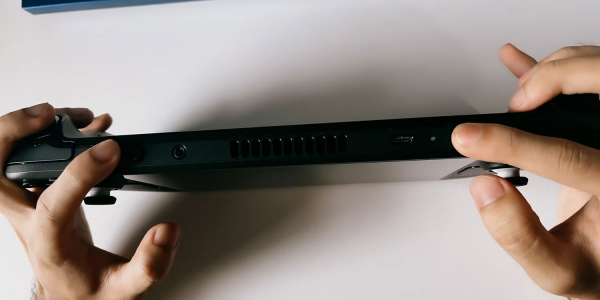
The boot manager will allow you to choose between boot options – in this case, Windows and SteamOS on separate partitions on the same SSD. If using an SD card, you could select the SD card if it has Windows installed.
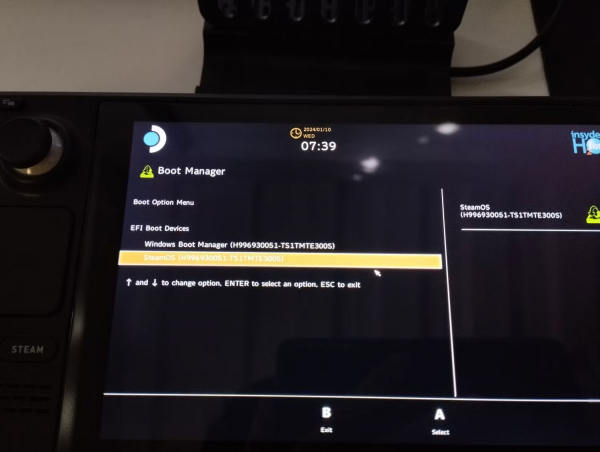
Note: If you hold the power button after the chime, you might very well turn the Steam Deck off again, so remember to release after the chime.
Setting up Dual-Boot Manager on Steam Deck
If you do not want to see the boot manager every time you want to switch operating systems, you can use a dual-boot manager.
A dual-boot manager will make switching between operating systems smoother because you won't need to hold any button combinations, and it will allow you to choose the operating system at startup.
This guide will use Clover for Steam Deck by ryanrudolfoba on GitHub.
https://github.com/ryanrudolfoba/SteamDeck-Clover-dualboot?tab=readme-ov-file
Step 1: Prepare Windows for Clover Boot Manager
Before installing Clover on Windows on Steam Deck, you need to prepare to have a smoother experience.
First, in Windows Search, search for "Turn Windows features on or off". Then, in the Device Lockdown folder, select the box labeled Unbranded Boot. This will prevent Clover from showing random boot branding.
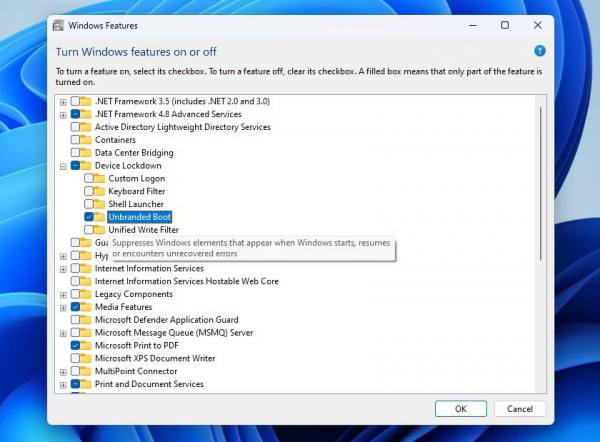
Next, you will have to run some commands in Command Prompt. Search for "CMD" in Windows Search and right-click to select Run as administrator.
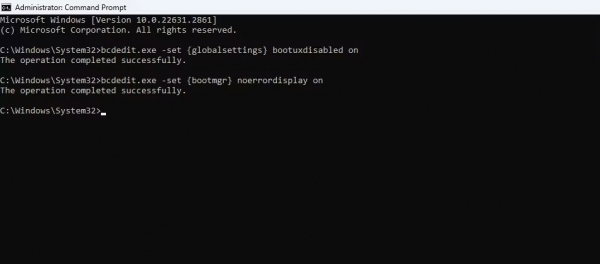
In Command Prompt, enter the following commands:
bcdedit.exe -set {globalsettings} bootuxdisabled on
bcdedit.exe -set {bootmgr} noerrordisplay on
In case those commands don’t work, you might also add:
bcdedit.exe -set {globalsettings} highestmode on
Step 2: Setting Up Clover on SteamOS on Steam Deck
Now that Windows is ready, you will need to boot up SteamOS on your Steam Deck.
Enter the boot manager by holding down the volume down and power button until you hear a chime. Release the power button but continue to hold the volume down until the boot manager appears.
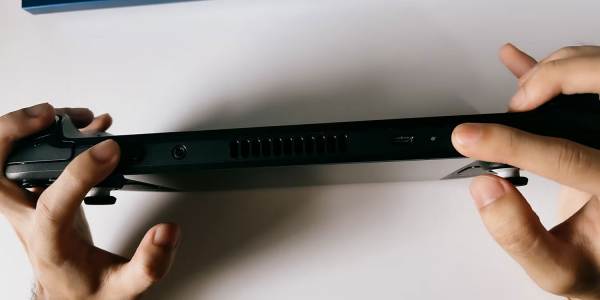
Select SteamOS. Switch to desktop mode by selecting Power after pressing the Steam button. When you're in desktop mode, ensure you’ve set a sudo password in SteamOS.
After setting your sudo password, search and open Konsole in the application launcher at the bottom left.

At this point, we recommend opening the browser on the Steam Deck so you can copy and paste each command into your Steam Deck.
cd ~/
git clone https://github.com/ryanrudolfoba/SteamDeck-Clover-dualboot
cd ~/SteamDeck-Clover-dualboot
chmod +x install-Clover.sh
./install-Clover.sh
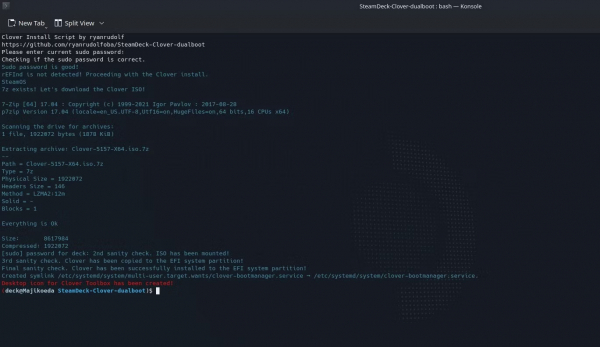
After the final command, you will have to enter your sudo password to start installing Clover on your Steam Deck.
You'll also be welcomed with the option to choose which operating system you want as the default – in this case example, it's SteamOS because the author will use that OS more often.
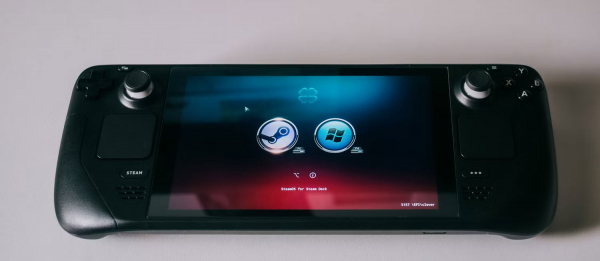
After installation, you can restart your Steam Deck to try it out. If it doesn’t look fine to you, don't worry, you can always add your custom theme.
